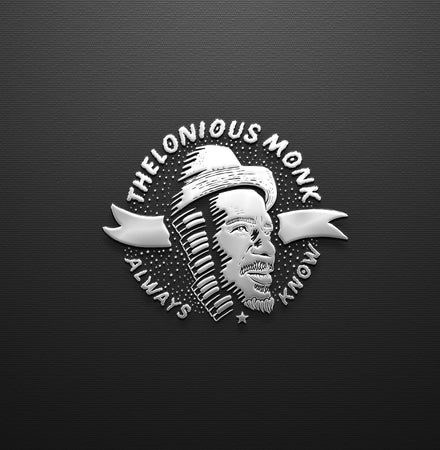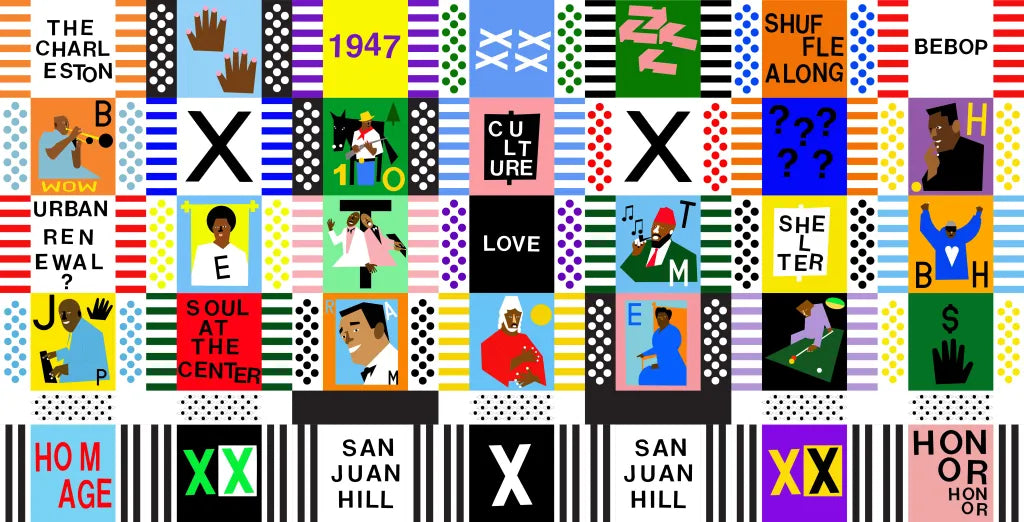
Discovering the Legacy of San Juan Hill: An Oral History
Featured ·
Explore the rich history of San Juan Hill through a series of videos put together by Lincoln Center. Hear from residents and advocates, including T.S. Monk, son of Thelonious Monk, as they share their memories, experiences, and opinions of the neighborhood. Learn about the cultural significance, musical legacy, and struggles faced by the community in the 20th century. Immerse yourself in the history of San Juan Hill and check out the videos and more on Lincoln Center's website
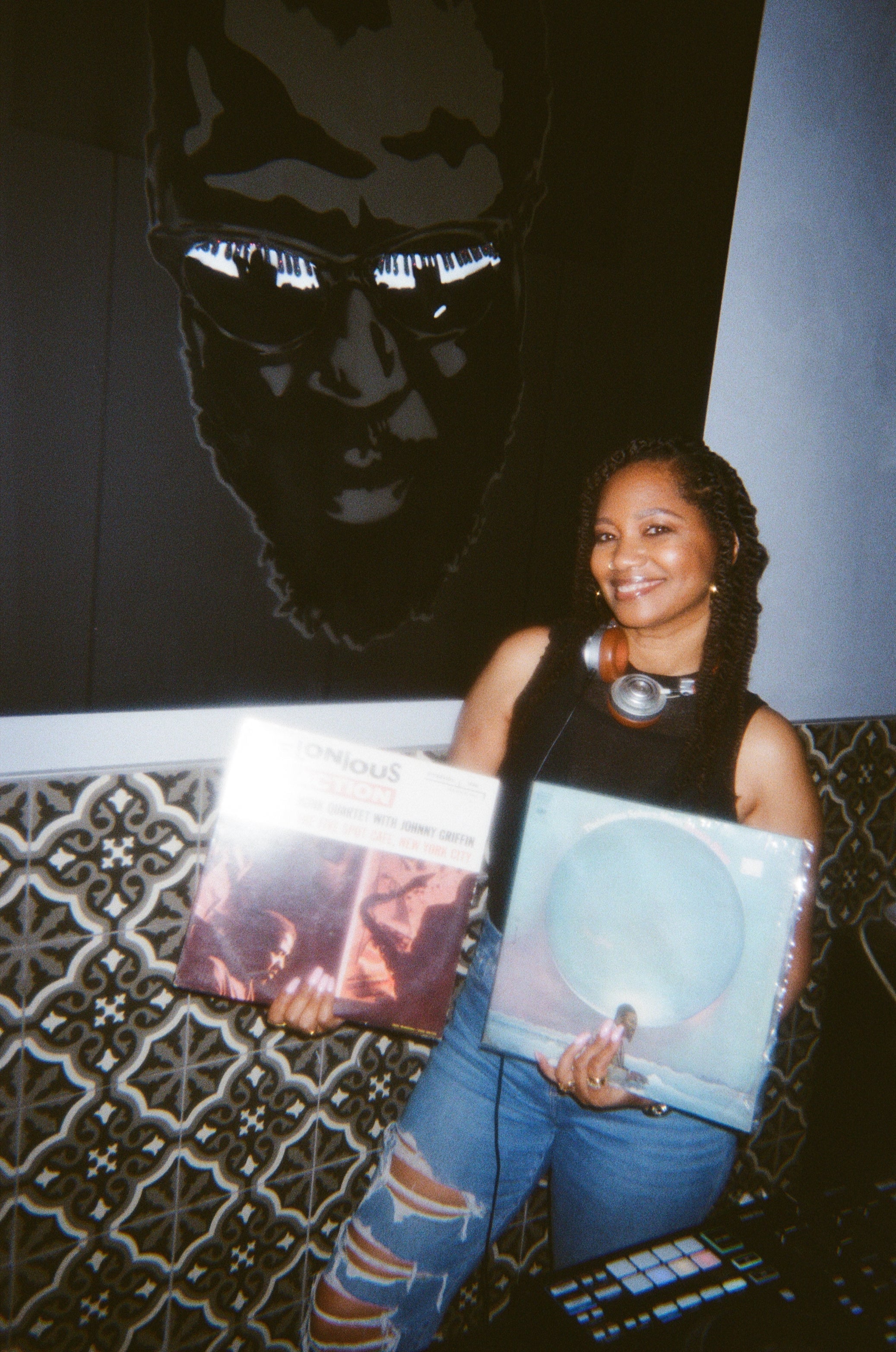
Listening Session—Fine Art and Wine Pairing
·
Down in Tribeca, where rhythm meets flavor and art finds its home between bites, FILE Gumbo Bar ...
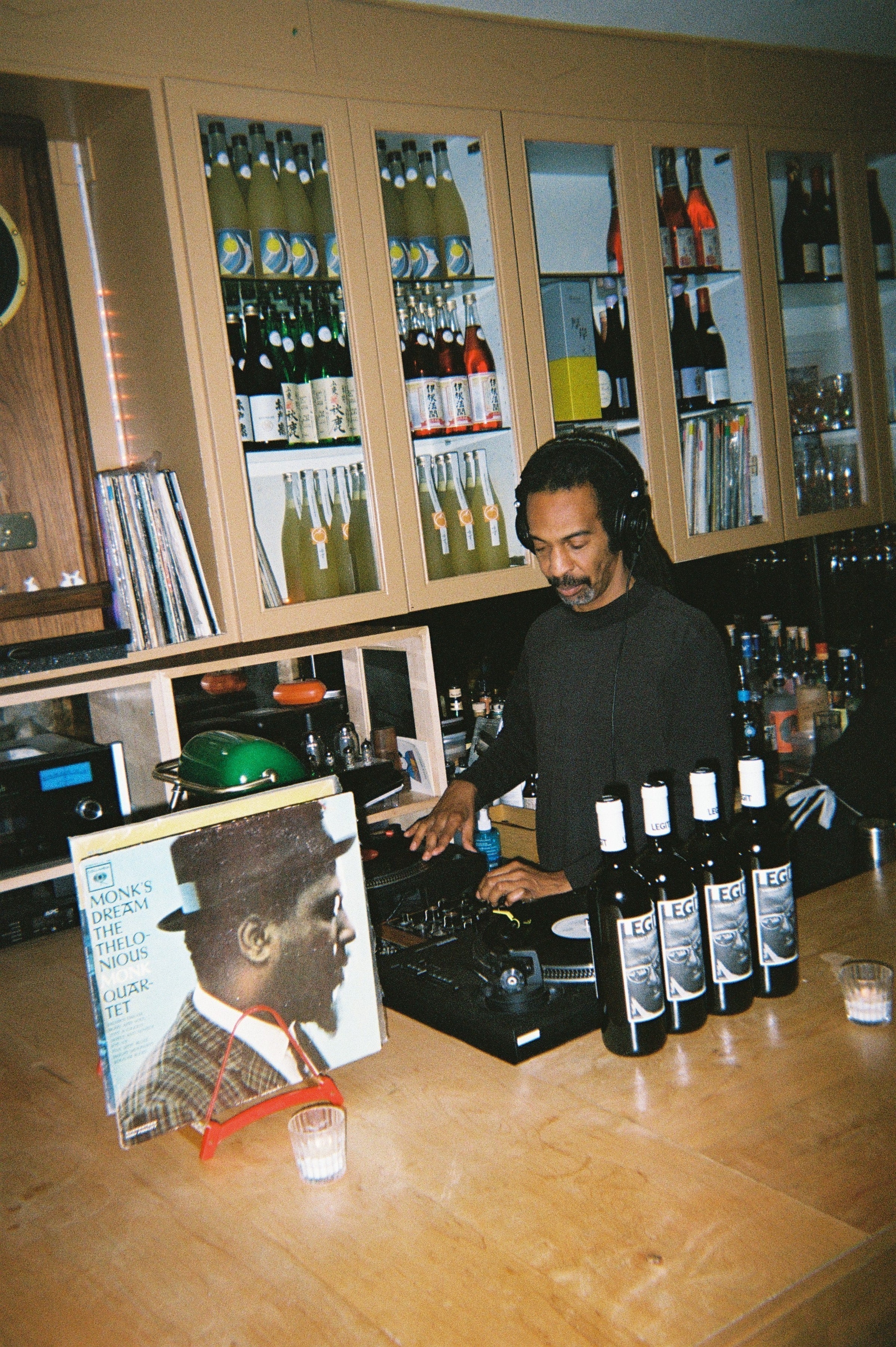
A Night of Timeless Sound: Thelonious Monk x Tokyo Record Bar
·
In the heart of New York’s West Village—where the air still hums with echoes of smoky jazz clubs...
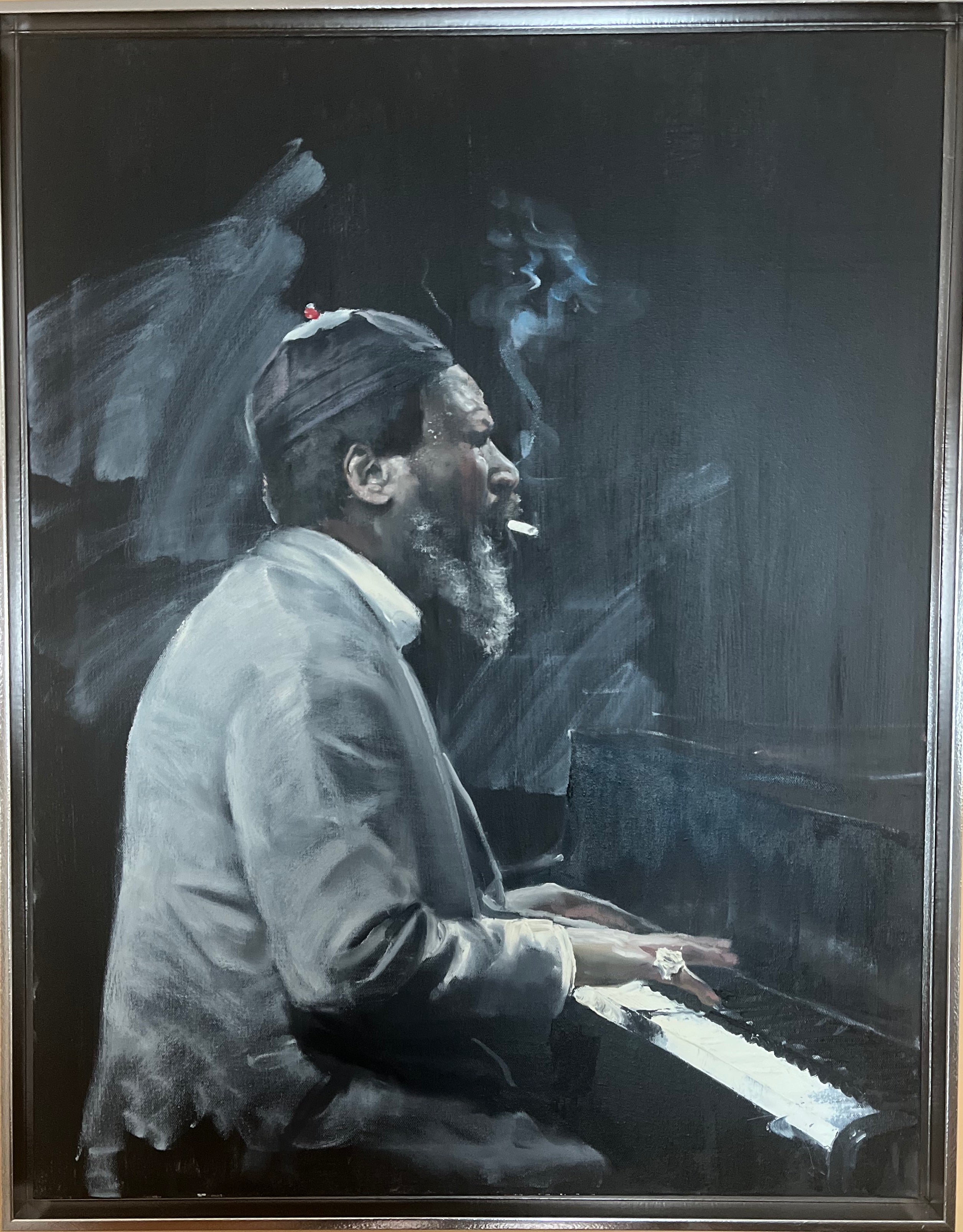
Thelonious Monk's Influence on Louiza Albastova: A Fusion of Jazz and Oil Painting
·
The world of art is a vast and interconnected tapestry, where influences transcend mediums, cul...
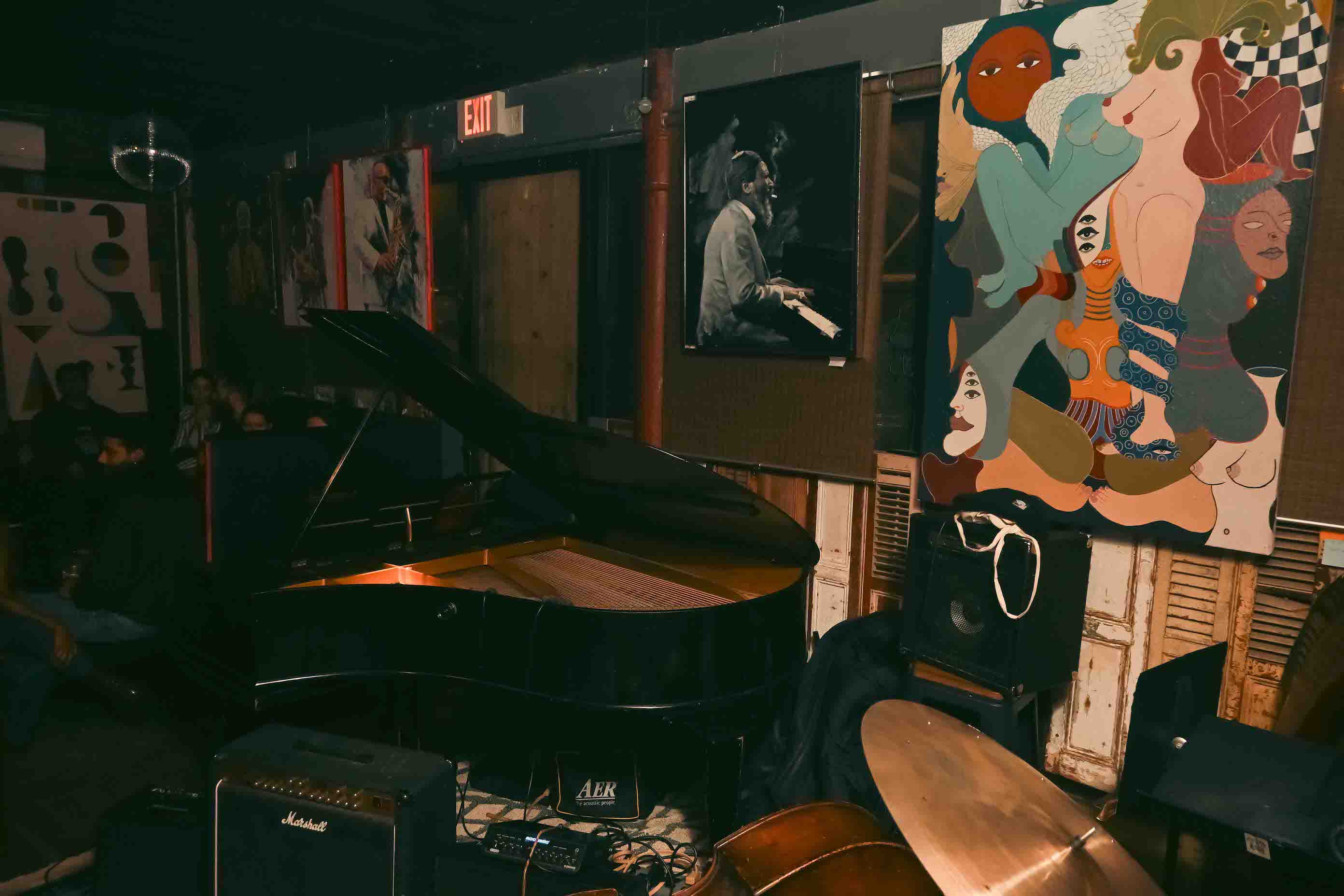
Small Business Activation
·
We are thrilled to present a unique small business activation that intertwines the local jazz sce...
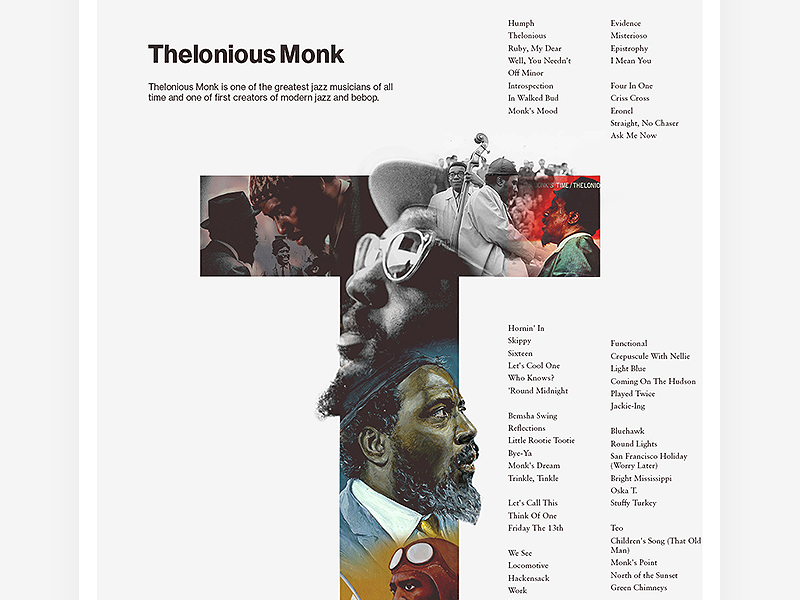
Wrong Mistakes Hoodie
·
Black History Month is a time to celebrate the achievements and contributions of the black ...
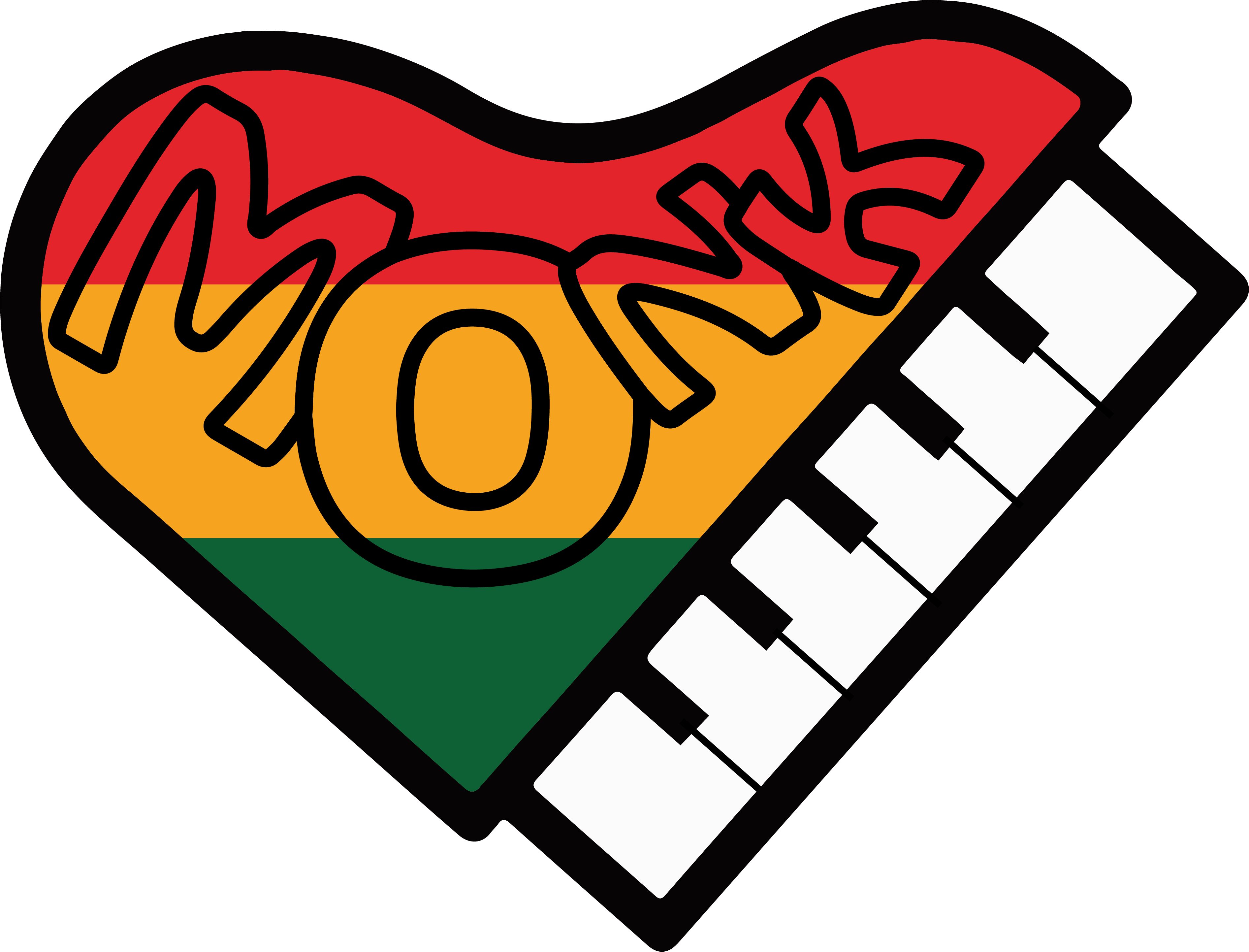
BHM 2023 by Thelonious Monk, IV.
·
Happy Black History Month! Today, let’s celebrate the incredible contributions of Thelonious Monk...
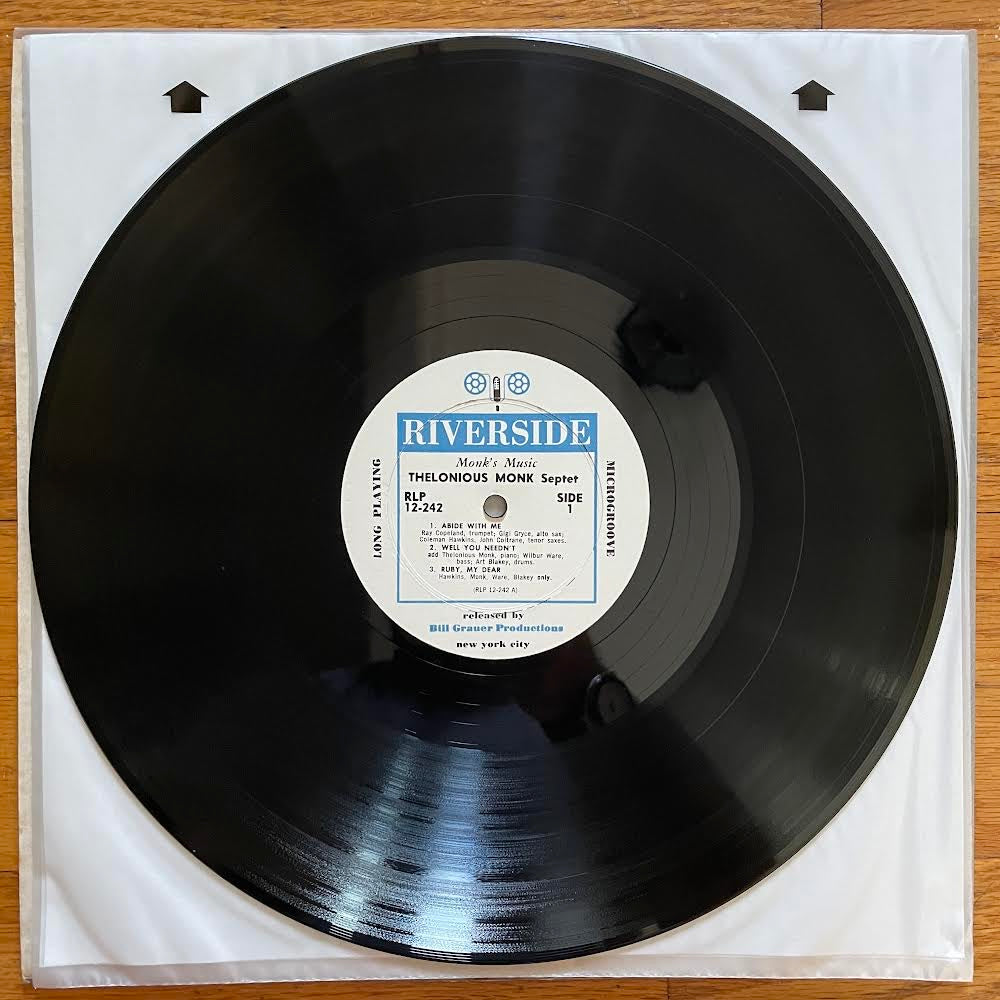
The Little Red Wagon
·
On this day in 1957, Monk began recording Monk’s Music, a masterpiece known for its star-studded ...
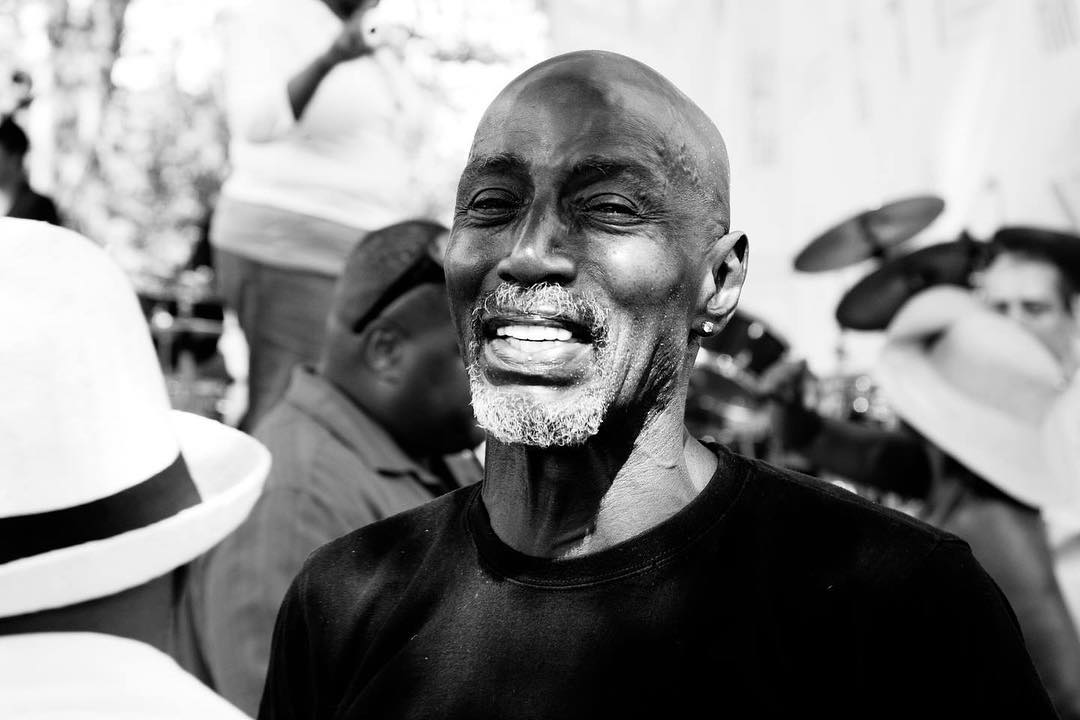
One for the Ages
·
Drummer T.S. Monk, talks to DJ Pari (https://totallywiredradio.com/dj-pari/ ) about the making of...
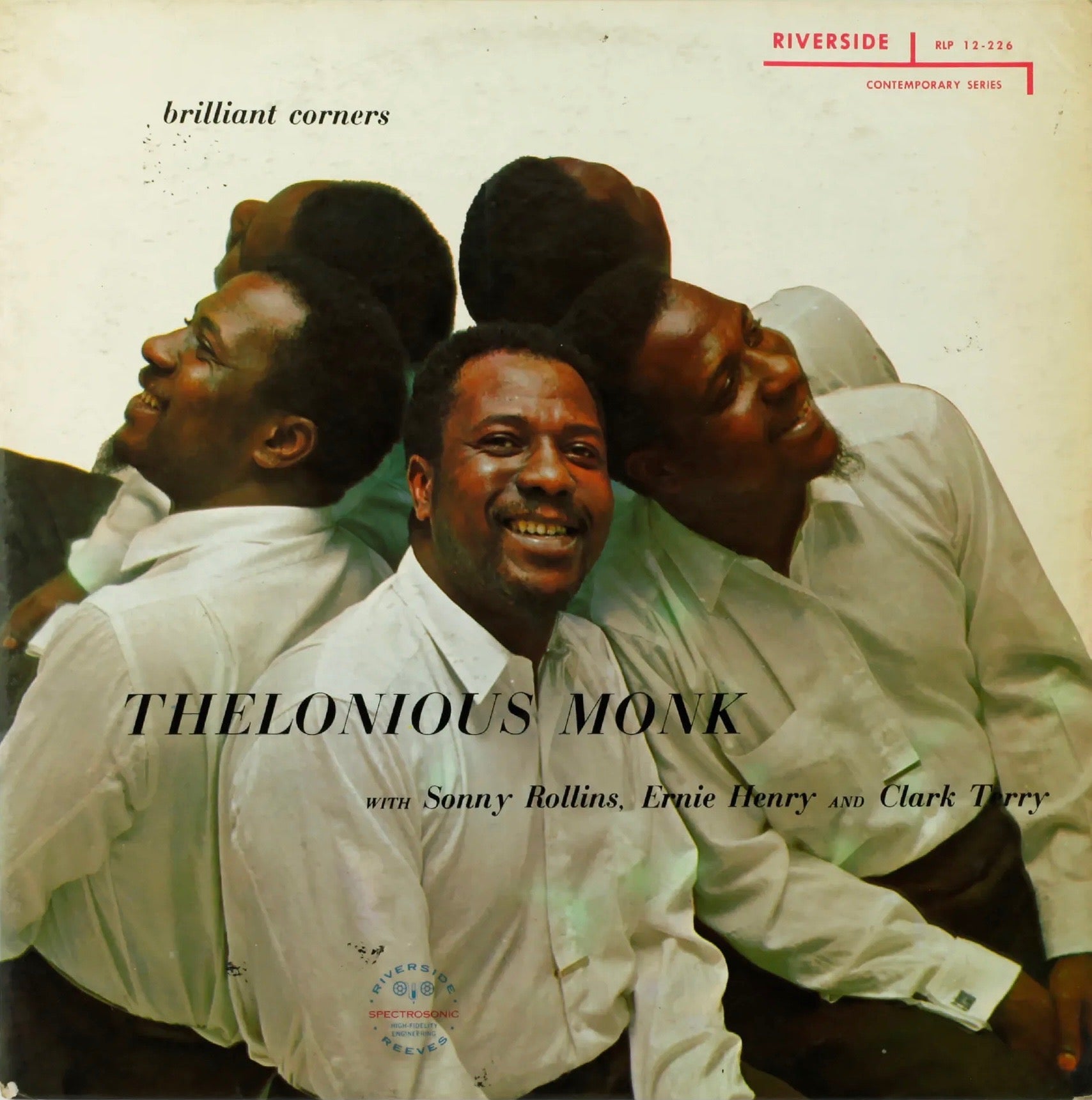
A Turning Point in Modern Jazz
·
Sixty-five years ago today, Thelonious Monk began recording his masterpiece Brilliant Corners.
B...
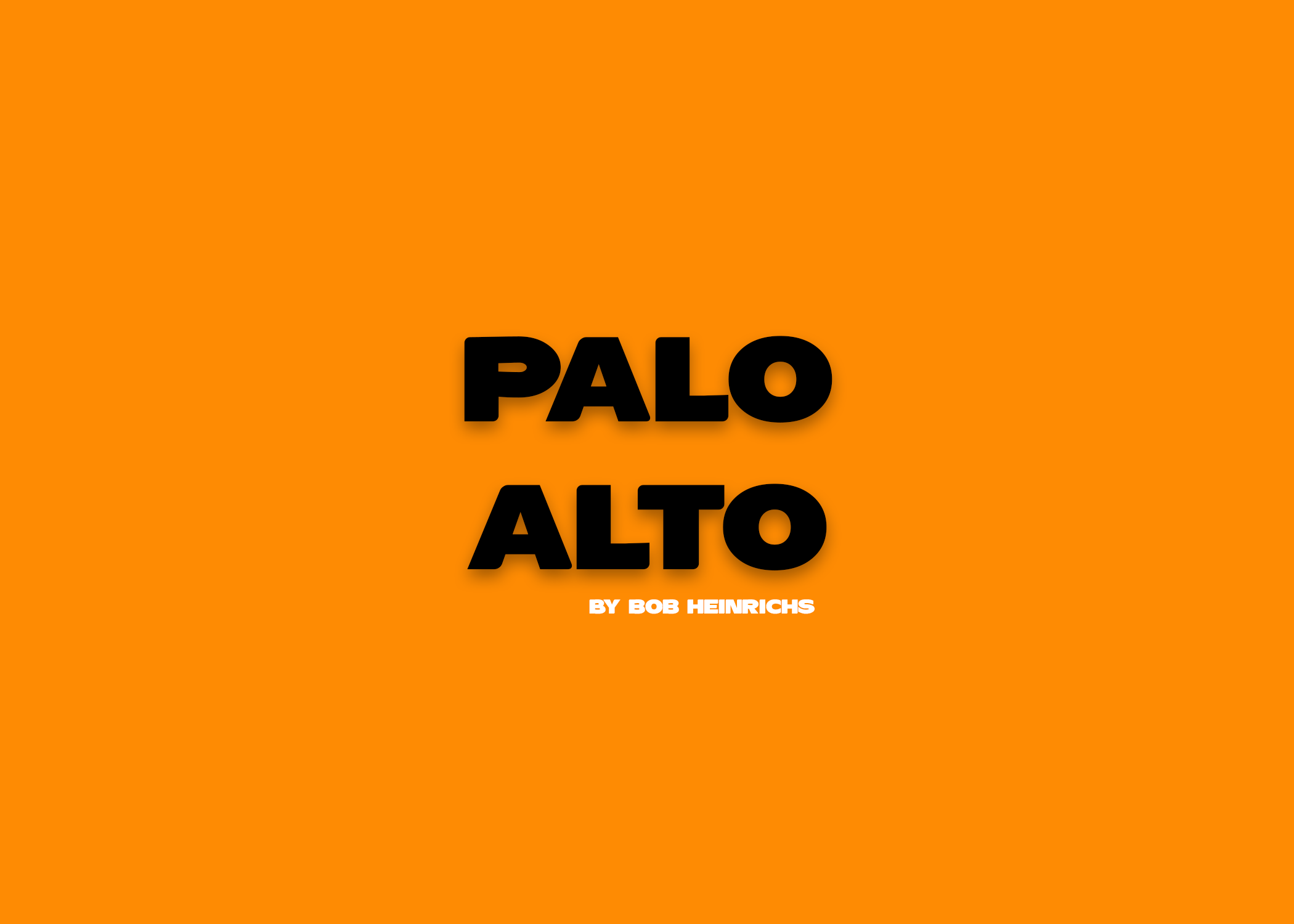
Thelonious Monk Palo Alto HS Album Review
·
In today's tumultuous world, it's a welcome comfort that a treasure such as "Monk – Palo Alto" ...
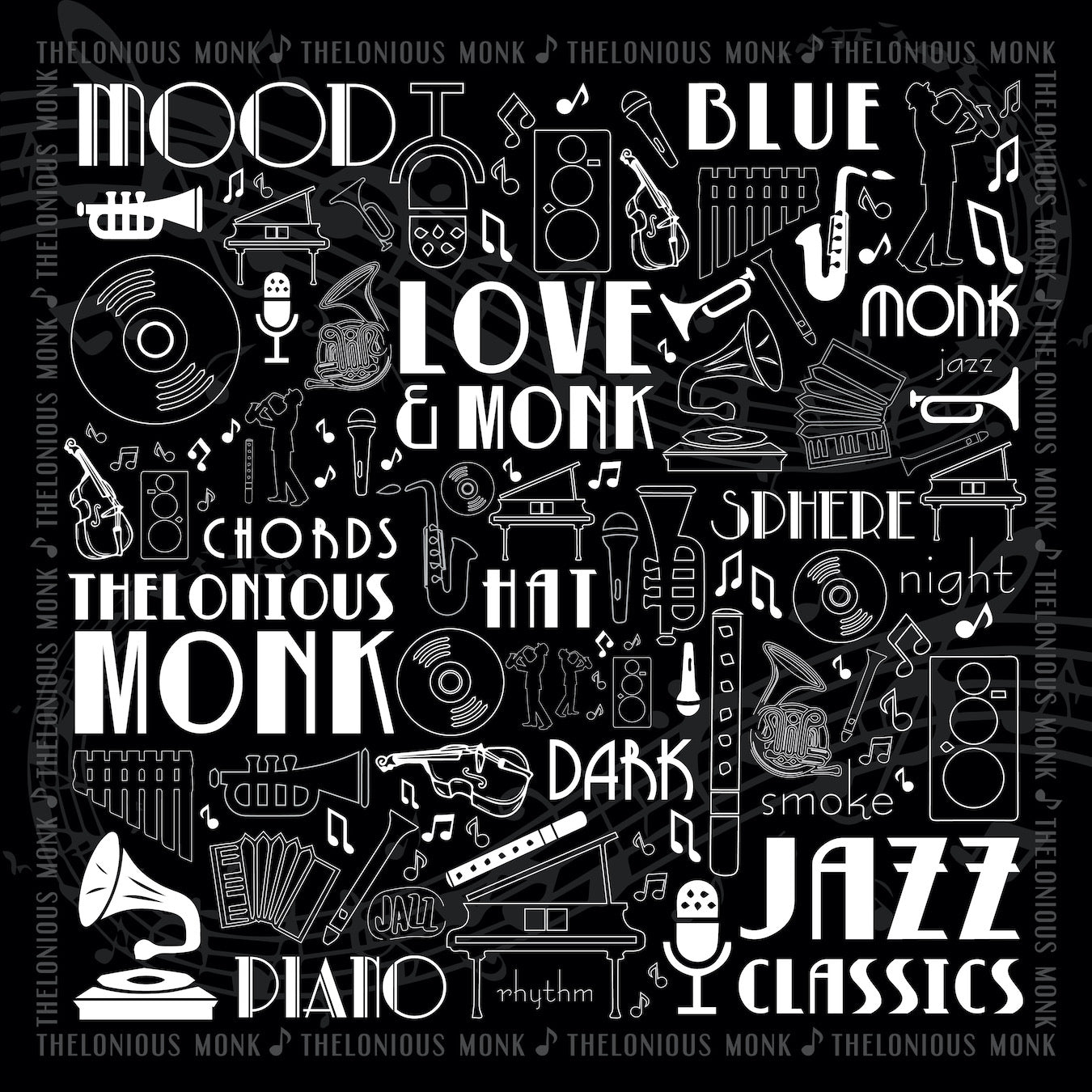
Nobody But Monk
·
By Mize Negrao
I slip away from my lover’s bed and run down the stone staircase, clinging to...
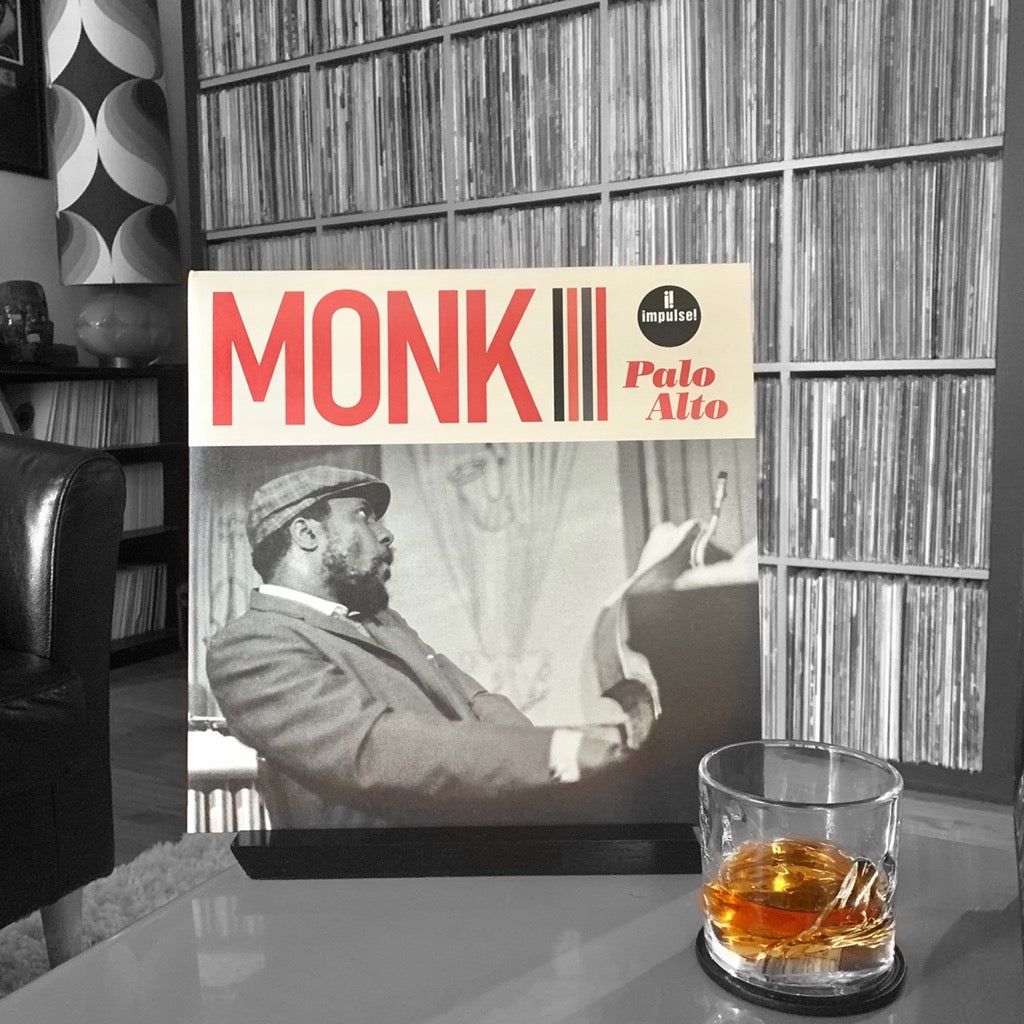
Always more Monk!
·
By DJ Pari
In a recent group chat among jazz vinyl collectors on Instagram (yes, that's where...

Celebrating Monk in Unforeseen Times
·
Fifty-two years ago, modern music giant Thelonious Monk performed a healing live concert in a h...
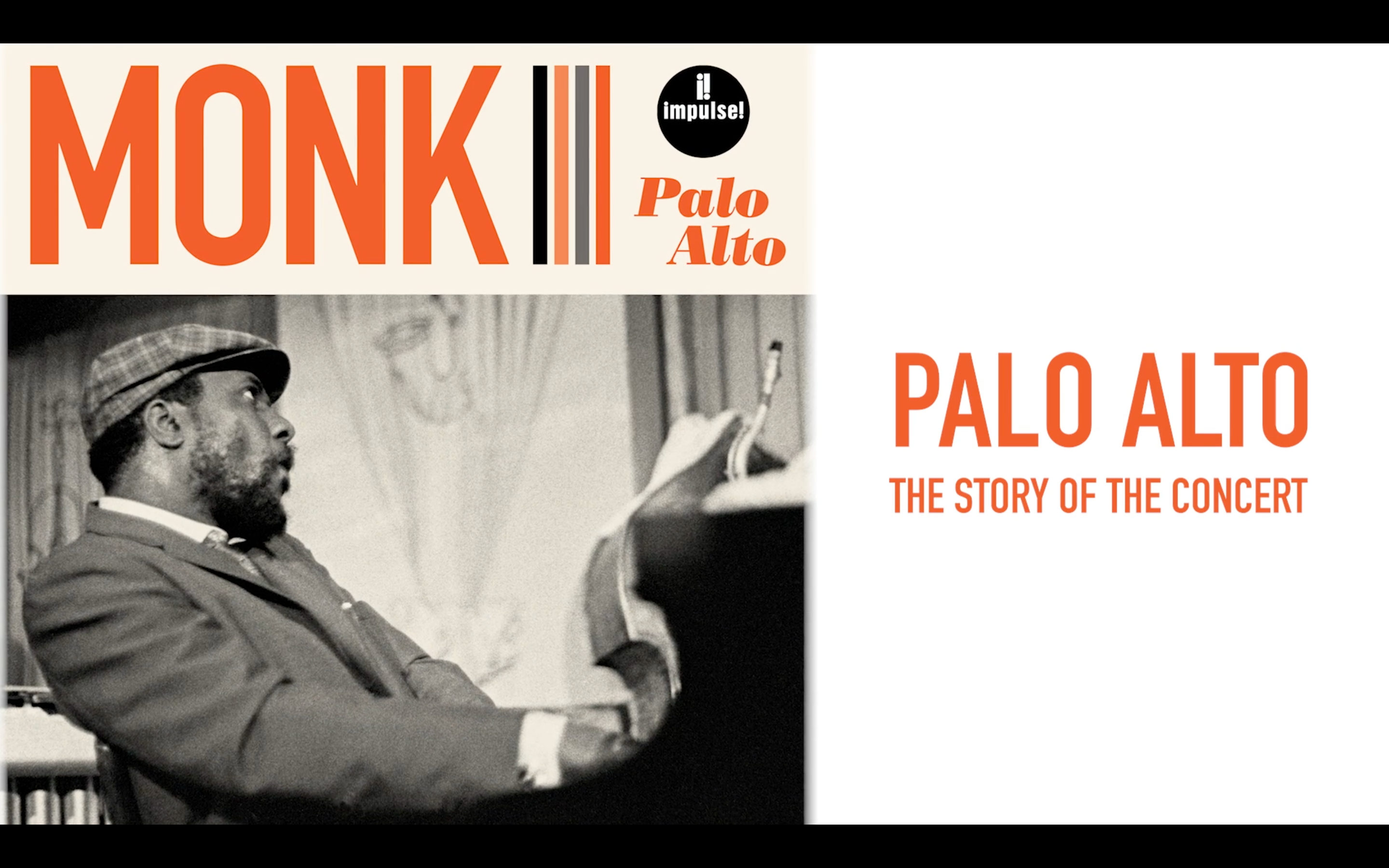
Palo Alto Release
·
In the fall of '68, a 16-yr old Jewish kid named Danny Scher had a dream to bring jazz icon Thelo...
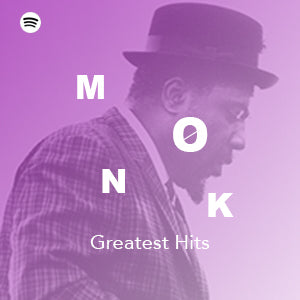
Making of Thelonious Monk Greatest Hits Playlist
·
by T. S. Monk
When it comes to explaining my ‘Thelonious Monk Greatest Hits’ playlist, my j...
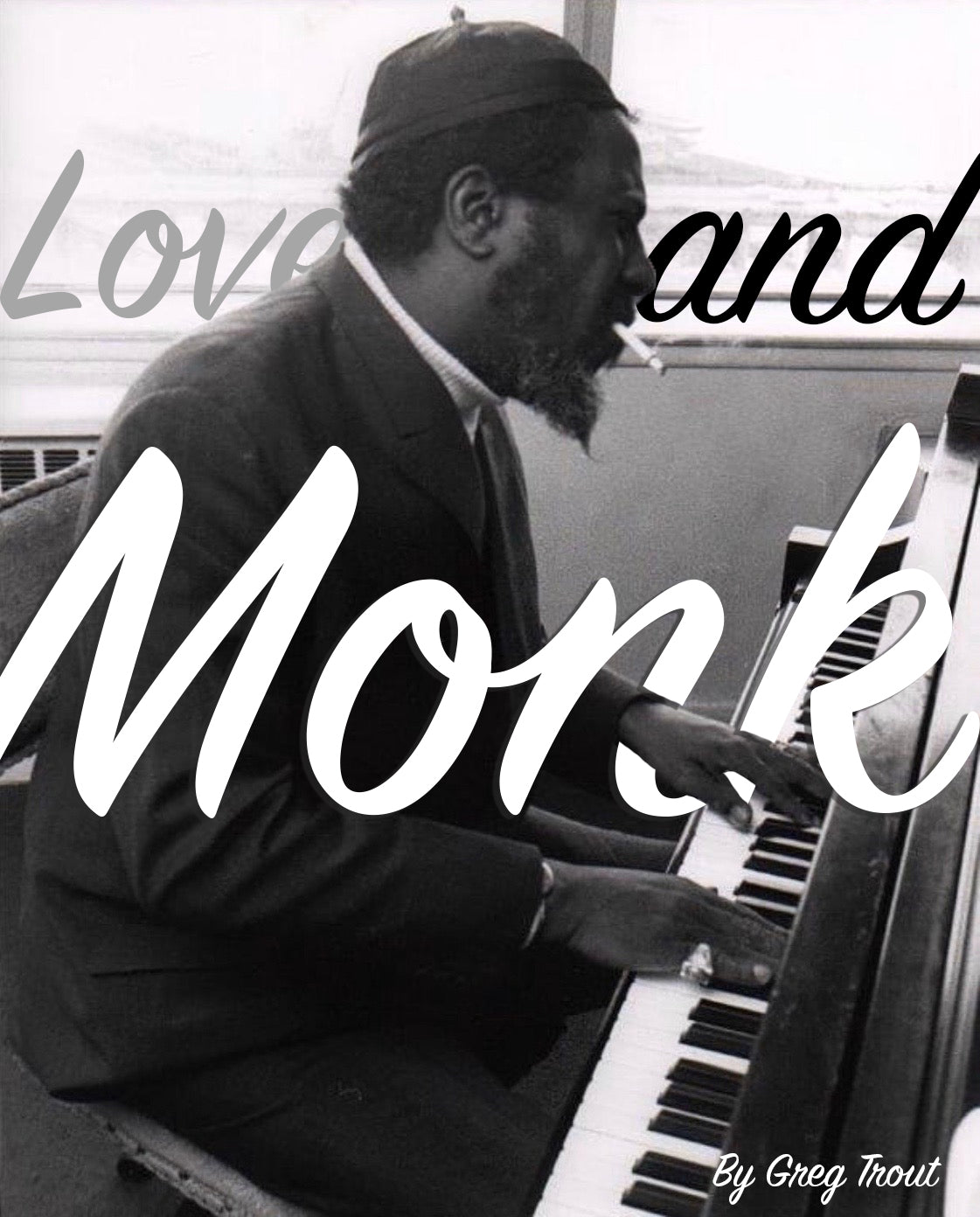
Jazz and the Love of Monk
·
Thelonious Monk was my first jazz love. In the past decade or so, I have found great joy in li...
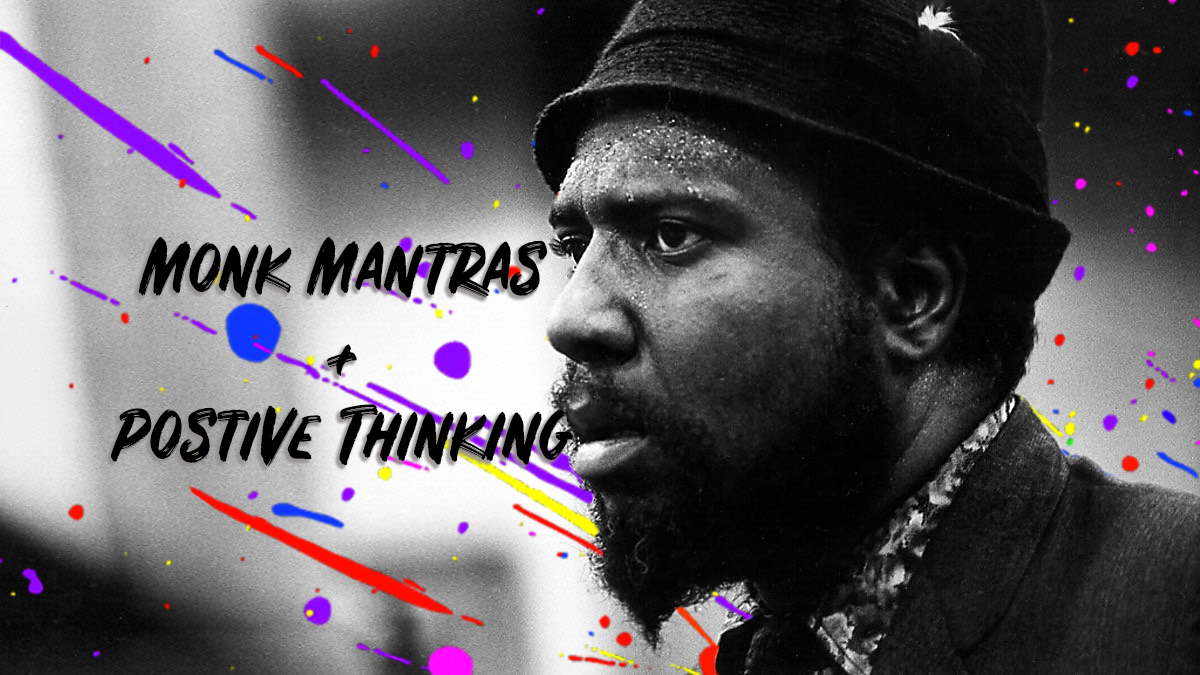
Monk Mantras + Positive Thinking
·
Monk Mantras + Positive Thinking: Channel Thelonious Monk’s Creative Energy During Difficult Situ...
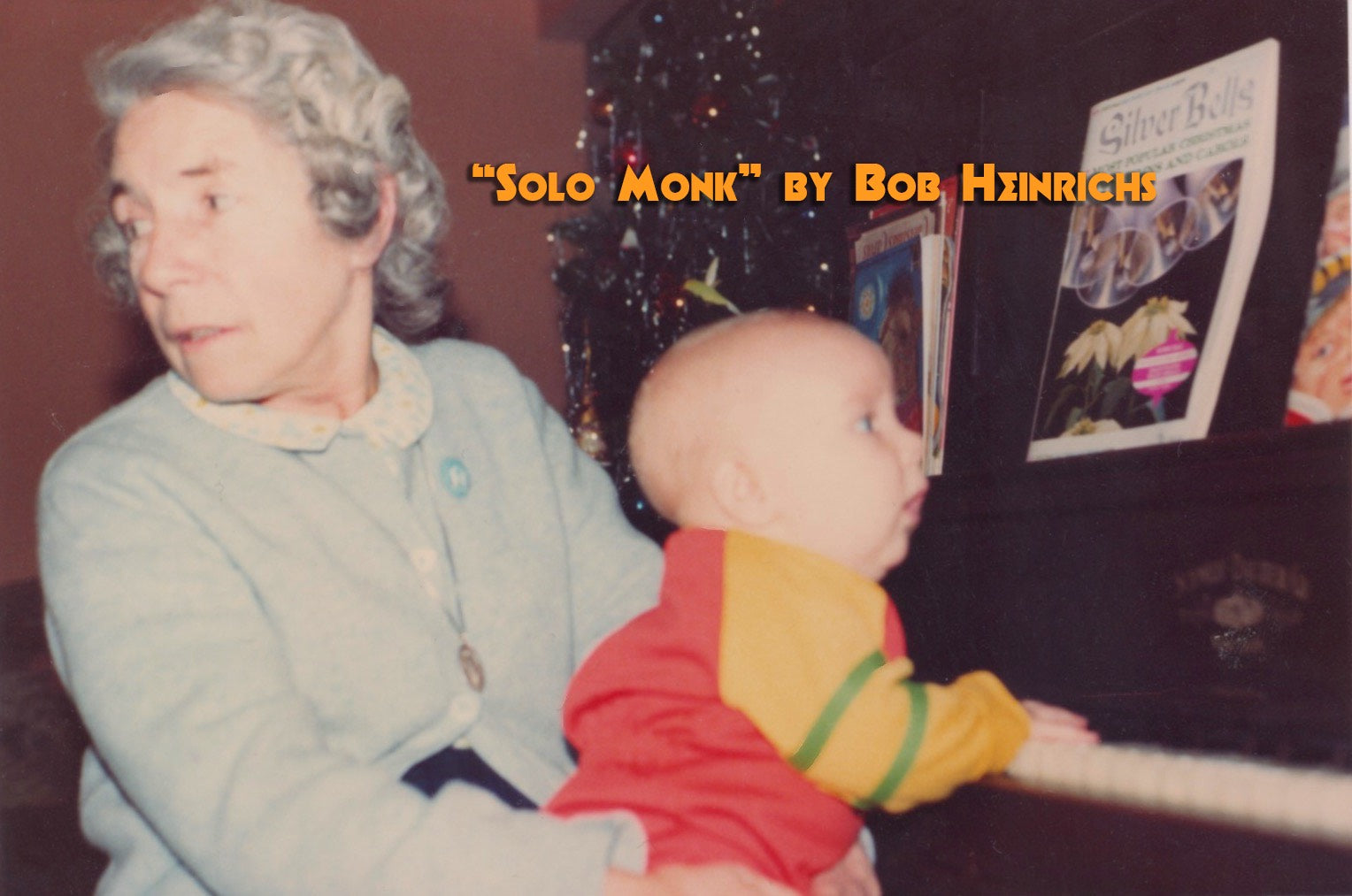
“Solo Monk”
·
~To Sierre – I am honored to be able to share some words about your very favorite Monk album, t...
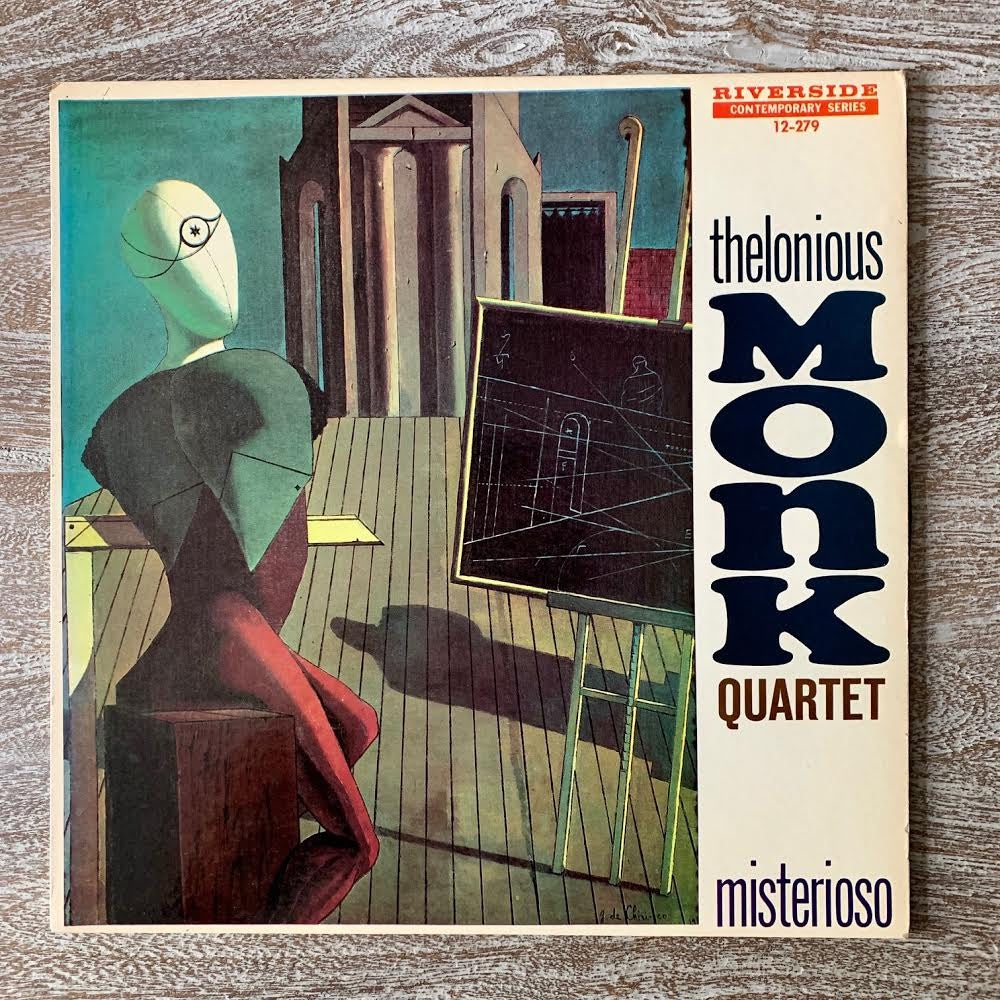
The Making of Misterioso
·
By DJ Pari
It’s shortly after 7 p.m. on Aug. 7, 1958, a hot, humid summer night in New York ...
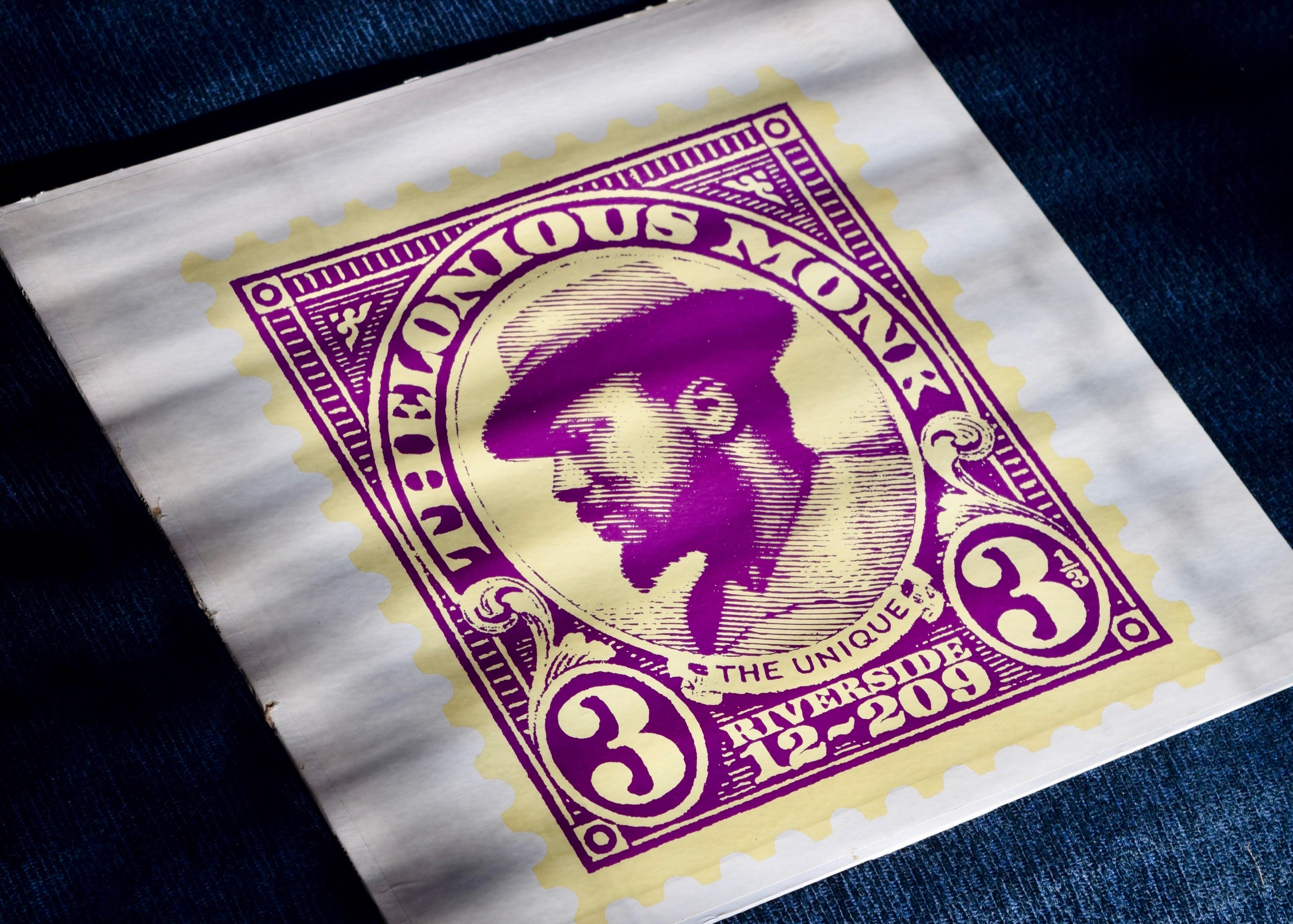
“The Unique Thelonious Monk”
·
by Bob Heinrichs
* When he's not moonlighting as a writer and enjoying spinning vinyl records,...
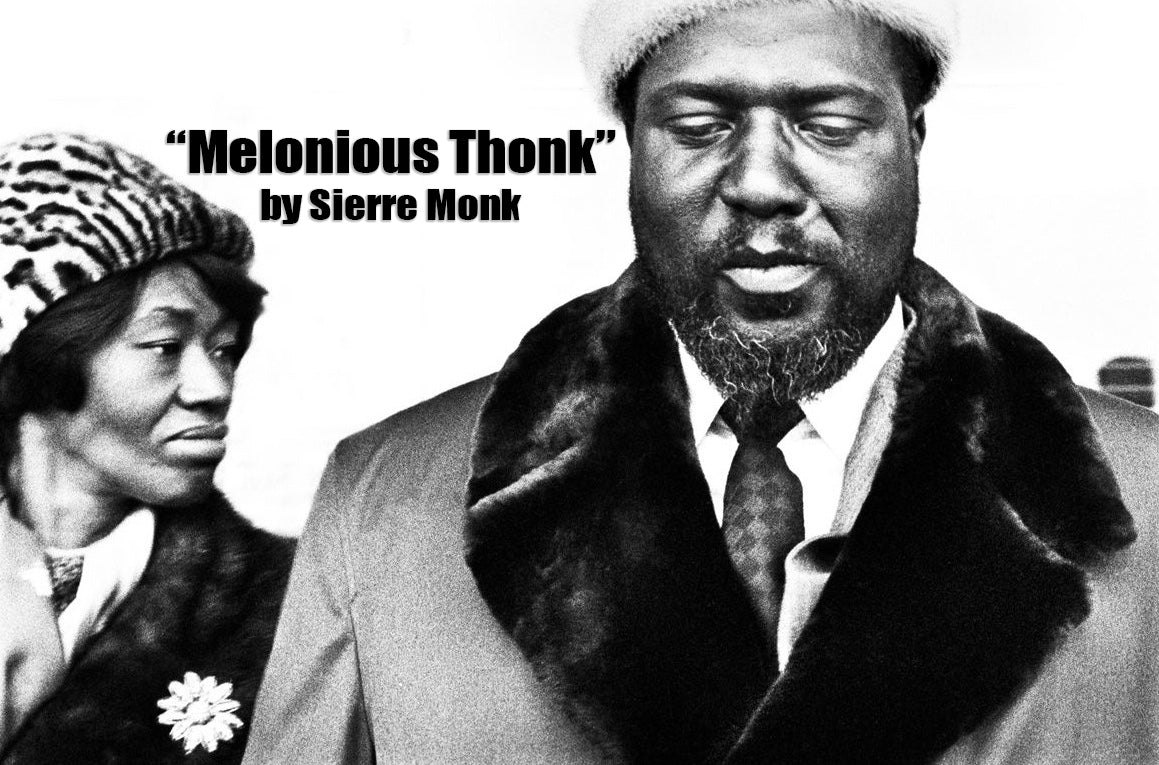
“Melonious Thonk”
·
Each night when Wrong is Right
our darling Thelonious Monk
or
Nellie’s favorite
“Melonious Thonk”...
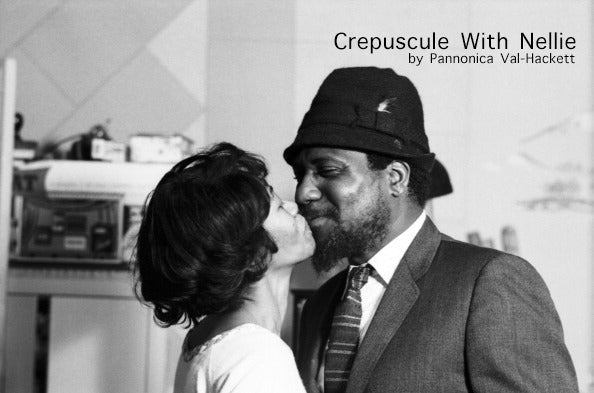
Crepuscule With Nellie
·
My grandmothers were strong independent women far before Bey was singing about it. Ms. Ev, my p...
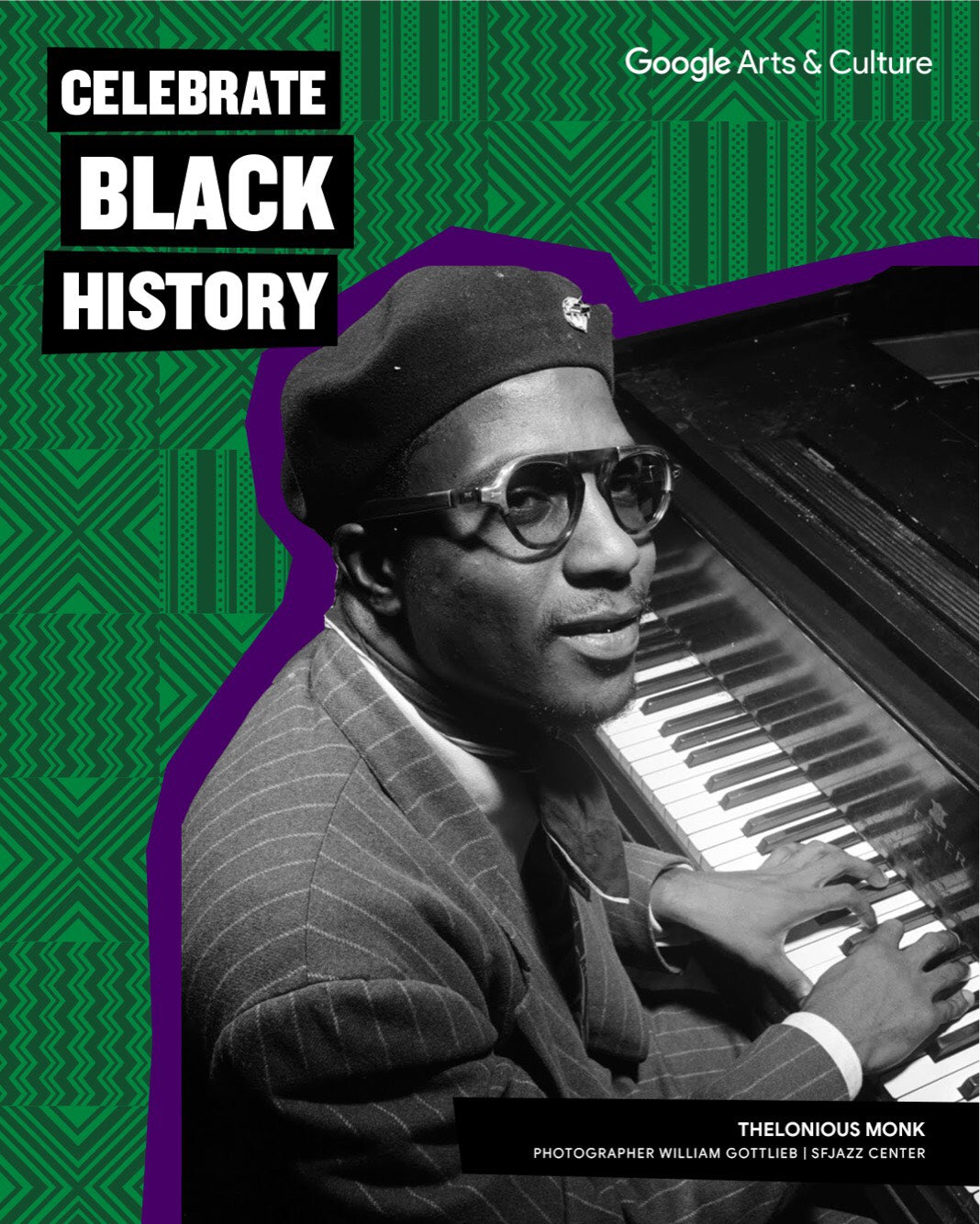
Google Arts & Culture - Monk at 100
·
“100 years after his birth, Monk continues to be discovered and assimilated into mainstream cultu...
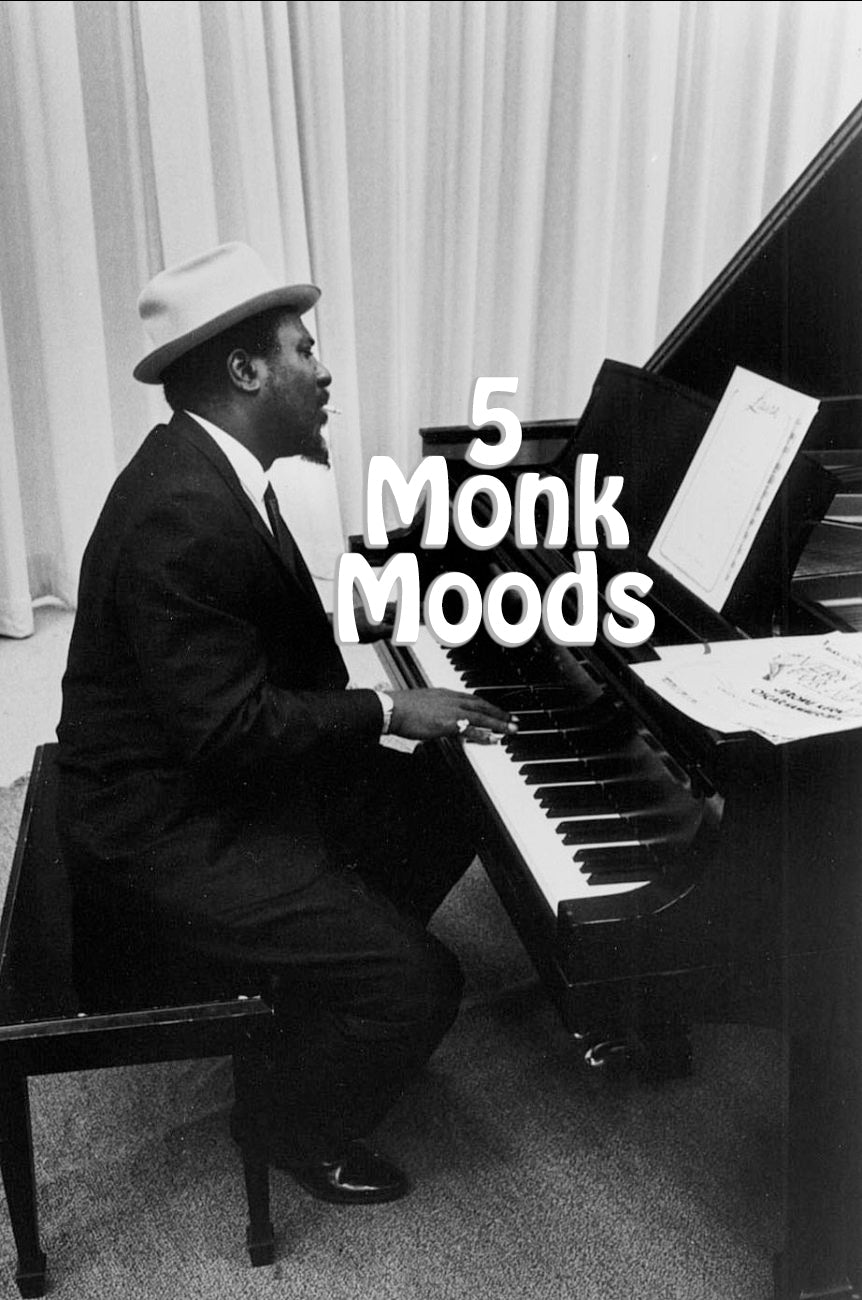
5 Monk Moods You Need To Live By
·
Apply these encouraging affirmations to your daily routine
Be Honest
Strive to come from an orga...
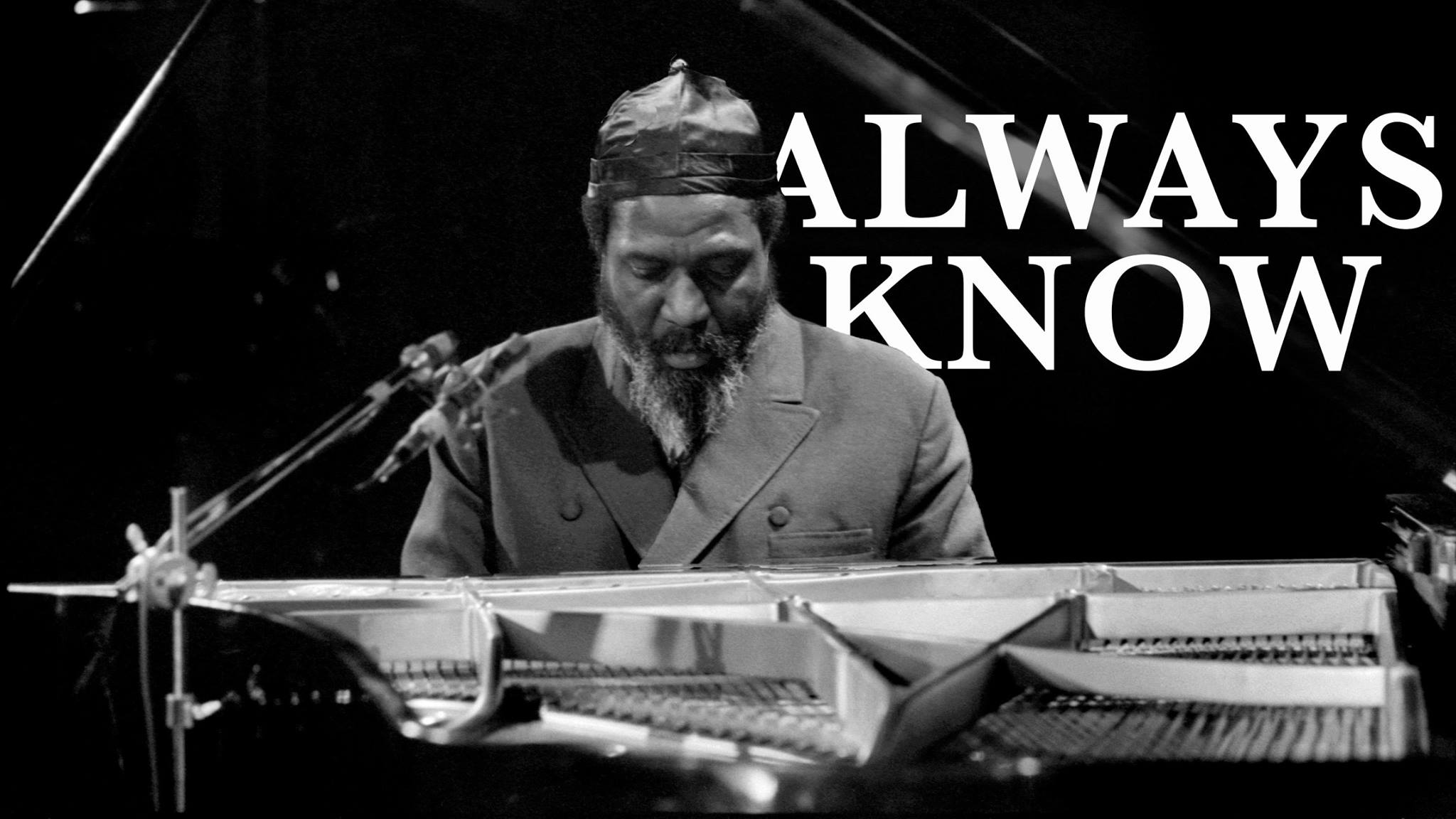
Always Know
·
“ Boo-Boo’s most ambitious plan was to establish a scholarship program and a theatrical wo...
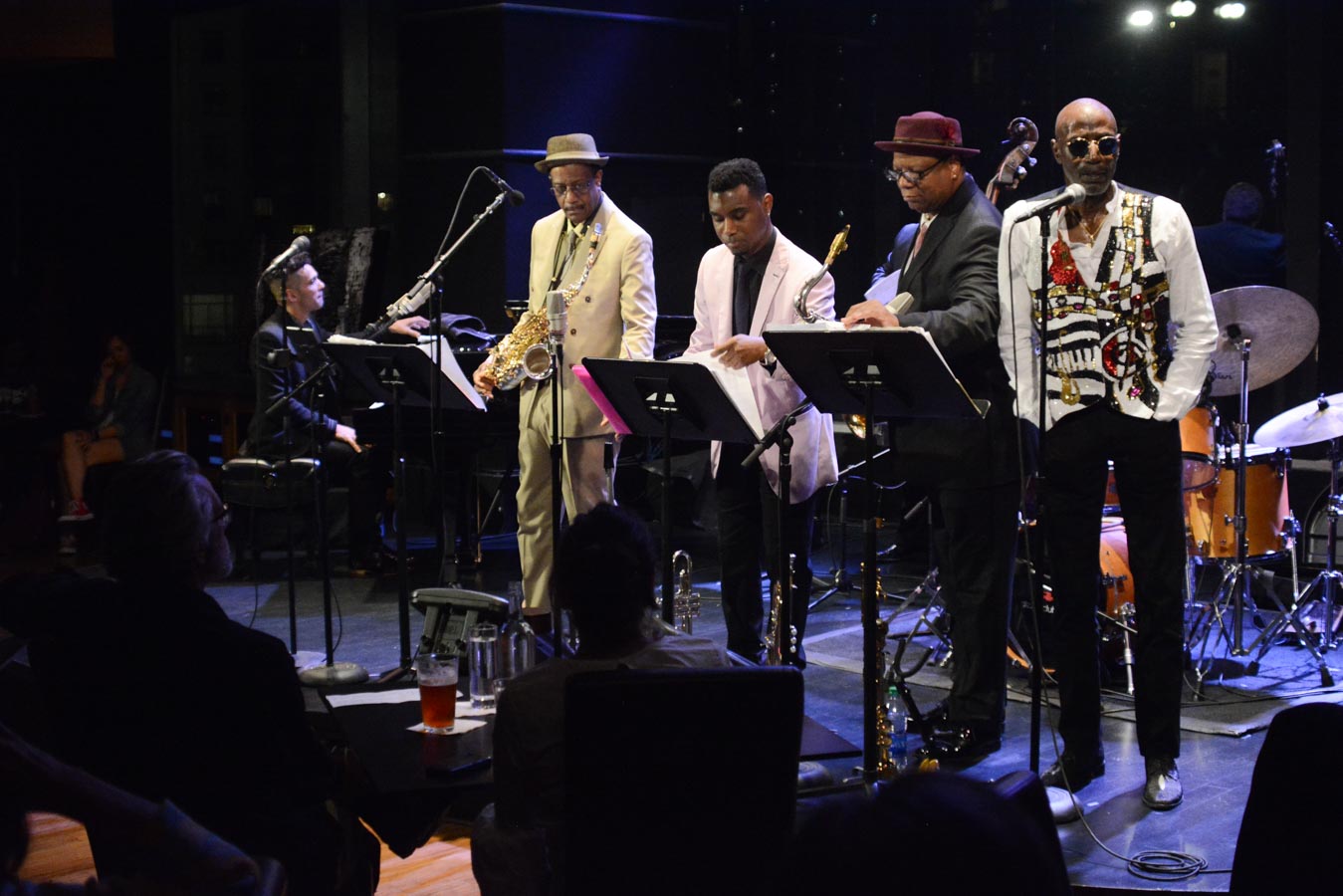
Thelonious Monk's 100th Birthday Celebration
·
On Tuesday, October 10th, 2017, the T.S. Monk Sextet opened Dizzy’s Club Coca Cola at Lincoln C...
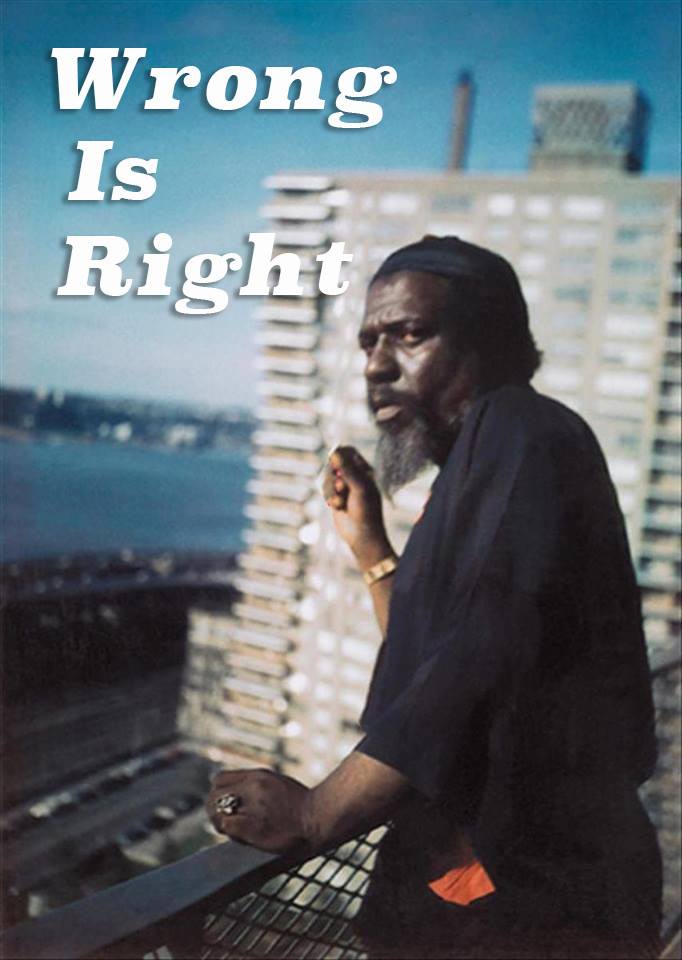
Wrong Is Right
·
"Those who always know best are a universal pest" -Piet Hein
Remember when you were in grade ...
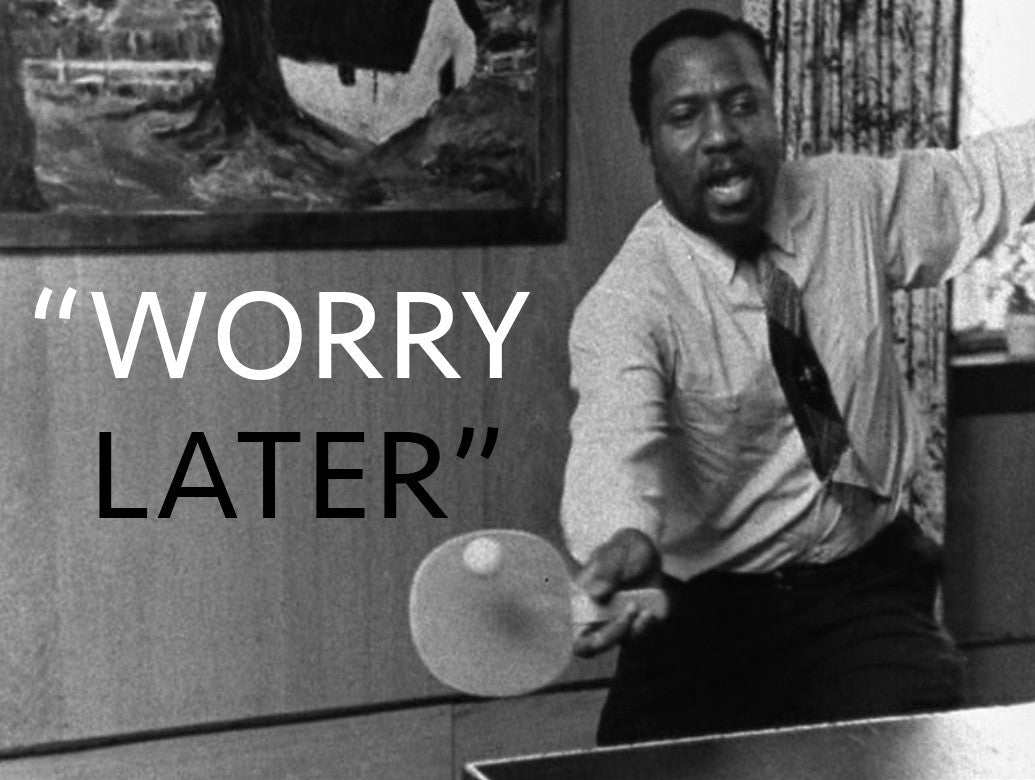
Worry Later
·
People are really stressed out, especially Millennials. It’s no coincidence that almost 70 perc...
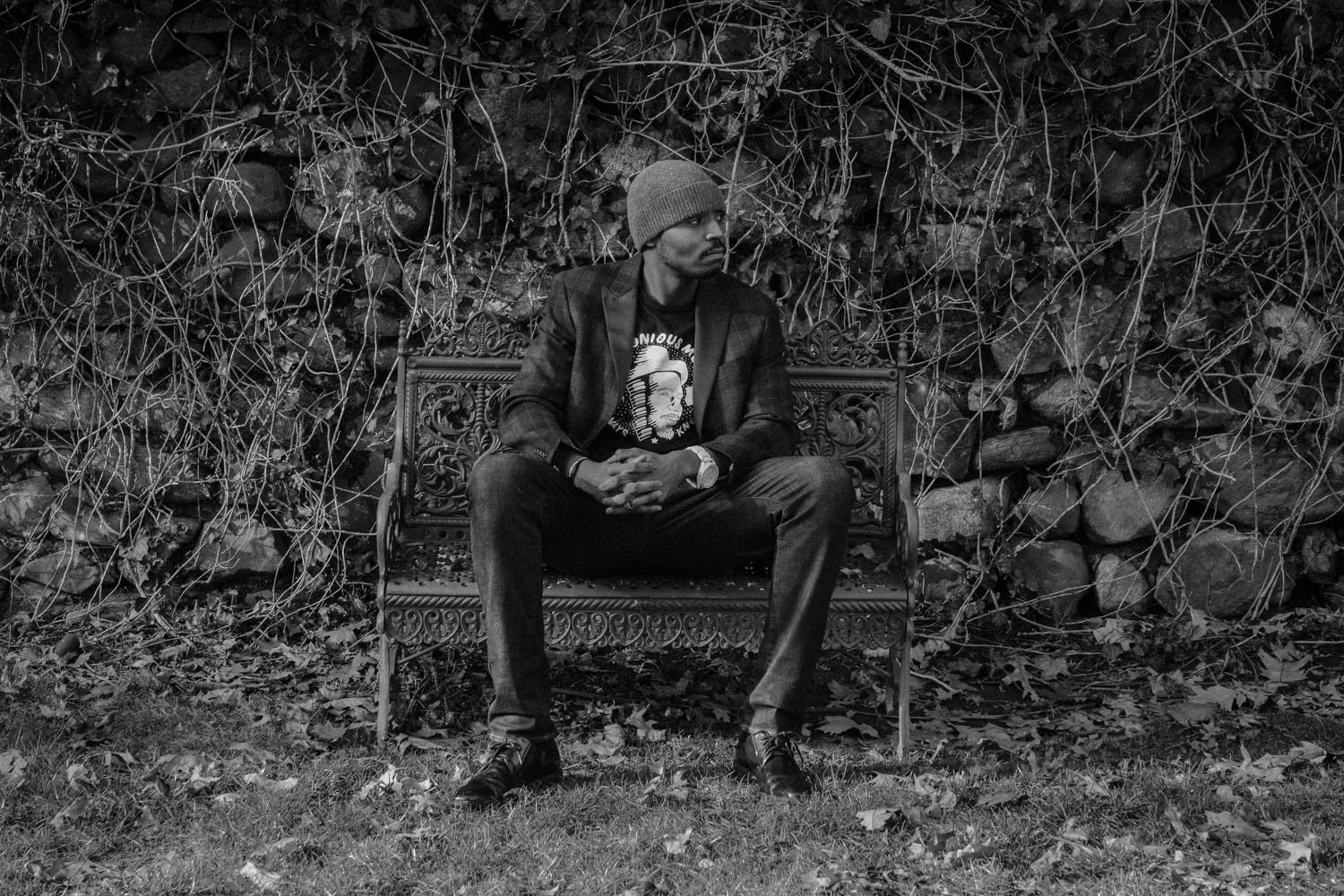
Welcome to the Thelonious Monk Store Blog
·
A blog can mean a lot of different things to a lot of different people. The impact and/or enter...
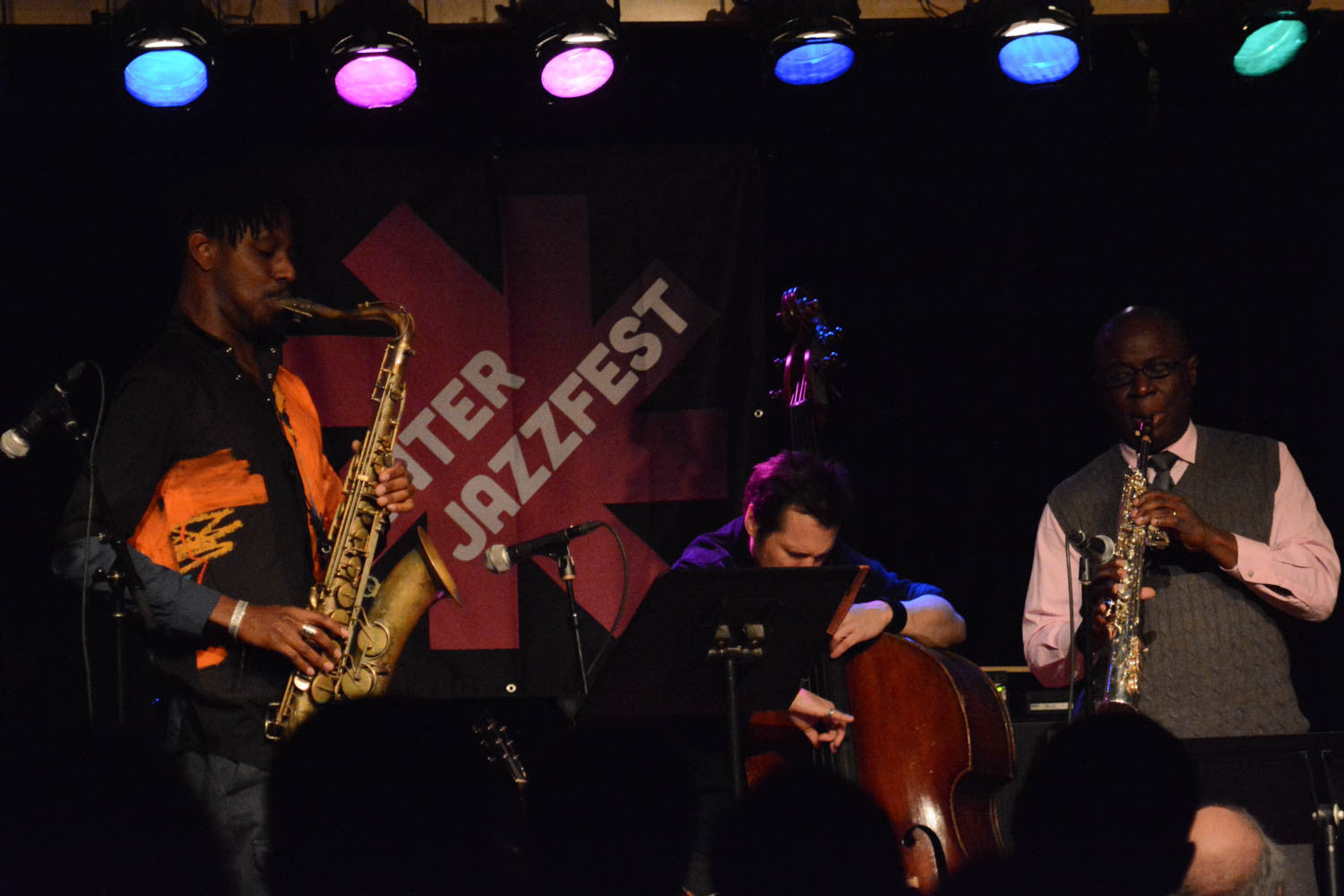
THELONIOUS MONK 100th BIRTHDAY IMPROV SHOW
·
12 improvisors play Monk's classic album "Solo Monk" in different configurations from solos to l...
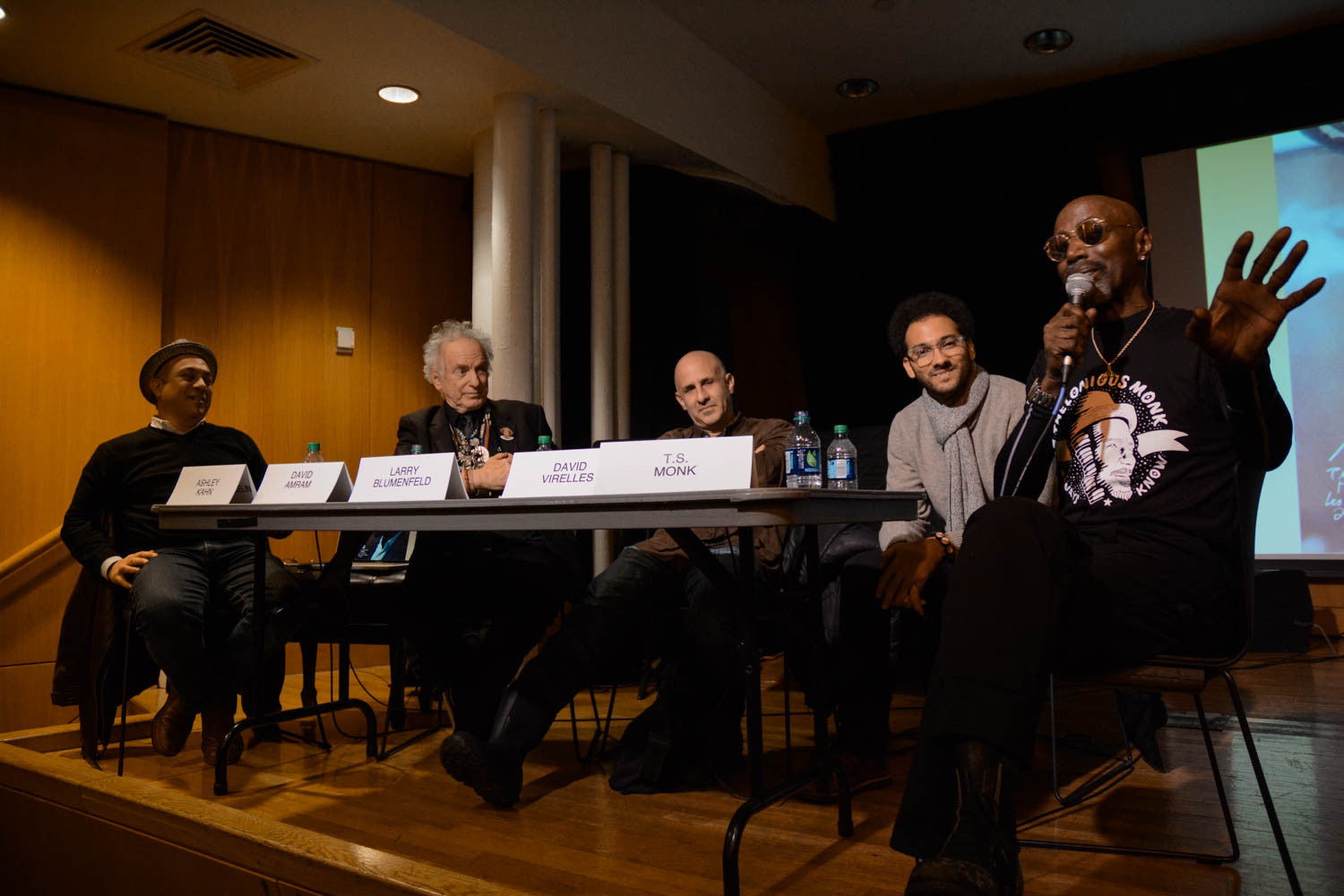
NYC WINTER JAZZ FEST: THE NEW SCHOOL PANEL
·
THELONIOUS MONK MAKES A HUNDRED AT THE NEW SCHOOL, 5th Floor Theater - 55 W 13th St New York, NY ...
